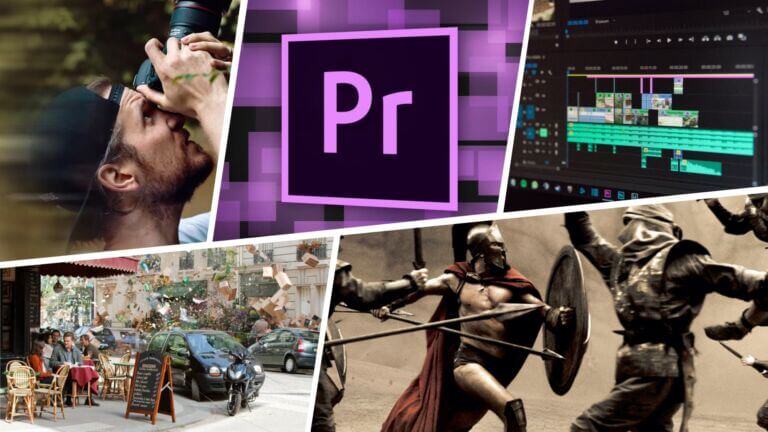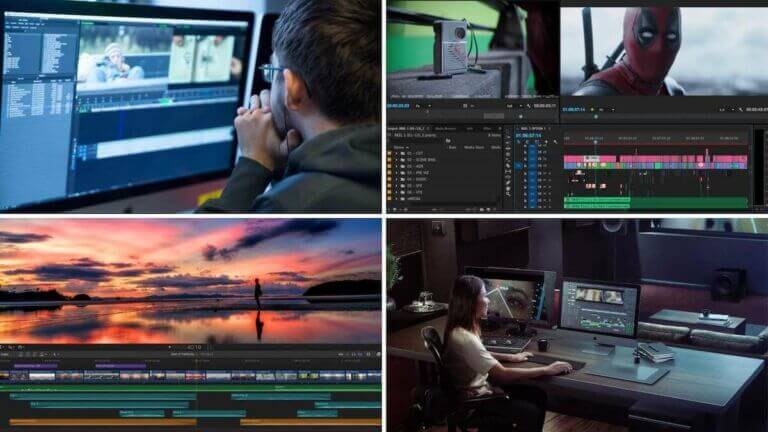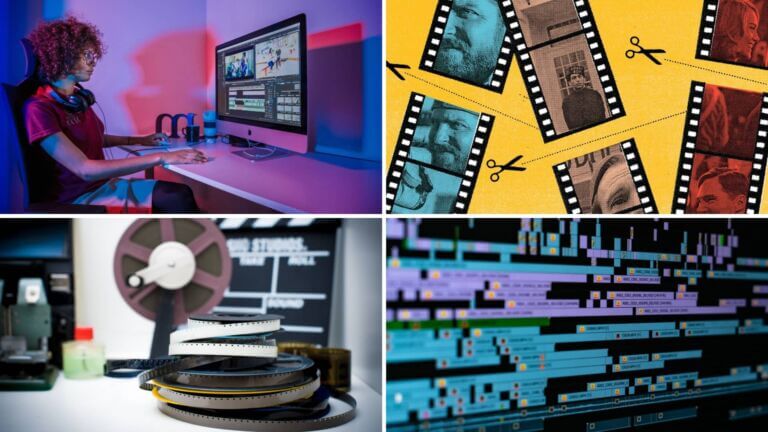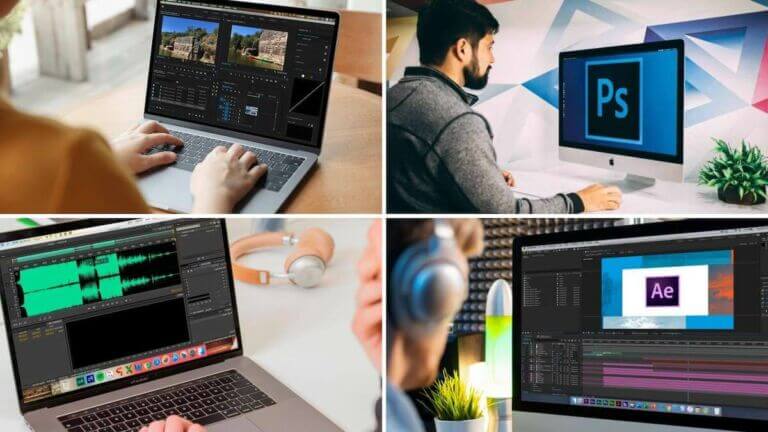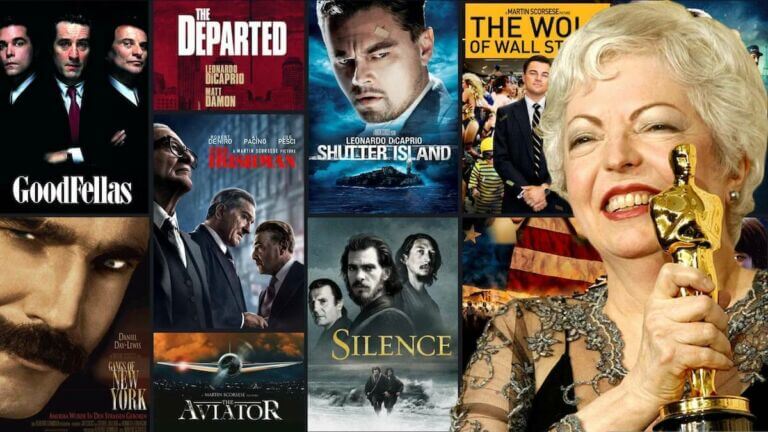One of the best ways to incorporate unique transitions or vibrant overlays into your edit is through light leaks. Lens flares, light leaks, and film burns can result in a unique look, but are not always easy to add naturally in-camera. So we’ve compiled a list of the best places to download light leak packs that are easy to use in any edit. Continue reading 76 Light Leak Overlay and Video Effects — Free Downloads
Are you asking yourself, how do I slow down a video? There are many reasons why one might want to slow down footage, but how is it done? The process is different depending on the particular editing program being used. In this post, we’ll be walking you through the four simple steps necessary to slow down video speed in Premiere Pro and we’ll provide tips for how to achieve the best results along the way. Let’s jump right into the first step and learn how to slow down clips.Continue reading How to Slow Down a Video in Premiere Pro —…
Are you wondering how to ramp speed in Premiere? We’ll be walking you through four simple steps to create your very own speed ramps in Adobe Premiere Pro. We’ll even provide a couple of tips to set yourself up for success in advance of bringing your footage into the editing room. Let’s get started with a quick definition.Continue reading How to Speed Ramp in Premiere — A Guide for Video Editors
Despite the ever advancing technology in the realm of digital cameras, many photographers are finding their way back to shooting on film cameras. There is something unique and nostalgic about photos shot the old analog way. But as any new film shooter soon finds out, shooting film can be expensive and timely. So how can you shoot digital, but edit your photos to look like film? Here are five tips that will make your digital photos look like they were shot on a film camera in no time. Continue reading How to Make Photos Look Like Film — Editing Tips…
If you ever took any type of film editing class or read a book on film editing, L cuts might have been among the first techniques you learned. This is because it is one of the most effective techniques at creating a natural flow of a film. Nearly every single movie you watch will have some sort of L cut within its edit. So what is an L cut? Let’s find out.Continue reading What is an L Cut in Film — Editing Transitions Explained
How do I become a film editor? How long does it take to become a film editor? Where do I begin a movie editing career and what does that film editor career path look like? If you have found yourself asking any of these questions, then you are in the right place. In this post, we’ll be answering all of these questions and outlining steps you can take if you are interested in starting a movie editing career. This is: how to become a film editor.Continue reading How to Become a Film Editor — 6 Essential Steps Explained
Transitions can be an incredibly effective storytelling device that filmmakers use to visually communicate to the audience. One of the earliest transitions is the wipe transition. What is a wipe transition? First used in 1901 in Robert Paul’s Scrooge, the wipe was used from the top of the frame to the bottom, emulating the visuals of a curtain dropping. Wipes continued to be used most famously in the Star Wars franchise and continued to evolve in modern filmmaking. Although the traditional wipe is less predominant in more recent films, filmmakers are taking the principles of the wipe and creatively reinventing…
Rhythm in art is often synonymous with music. Tempo, measures, and beat are critical to captivating listeners and building a great song. Rhythm in film editing works in the same way. The audience's engagement is largely dependent on the pacing of a film. Too slow is boring and too fast makes it hard to connect to the characters and narrative overall. Pacing is created from rhythm and the rhythm in a film is created by the editor. So, how does an editor control the rhythm of a film? Let’s explore the role of a film editor and the dimensions of…
What is Adobe Creative Cloud? In this post we will be explaining what it is, what it’s used for, and breaking down what is included in Adobe Creative Cloud. Adobe creative cloud pricing can get a bit confusing, so we’ll walk you through the different packages available. There is a lot to cover within the Creative Cloud, so let’s get started. Continue reading What is Adobe Creative Cloud — Every App Explained & Pricing
Film editing is an underrated art form, and oftentimes under-appreciated. Editing is the backbone of filmmaking — it takes a lot of hard work and dedication to the craft, including developing one’s own unique editing style, and breaking the rules. Let’s examine one of Hollywood’s most accomplished and notable film editors, Thelma Schoonmaker, and discover what led her to become one of the most prominent names in the business. In this post, we’ll get a brief Thelma Schoonmaker biography, look at her unique editing style, and of course her decades-long collaboration with filmmaker and pioneer of cinematic techniques, Martin Scorsese. Continue reading…


